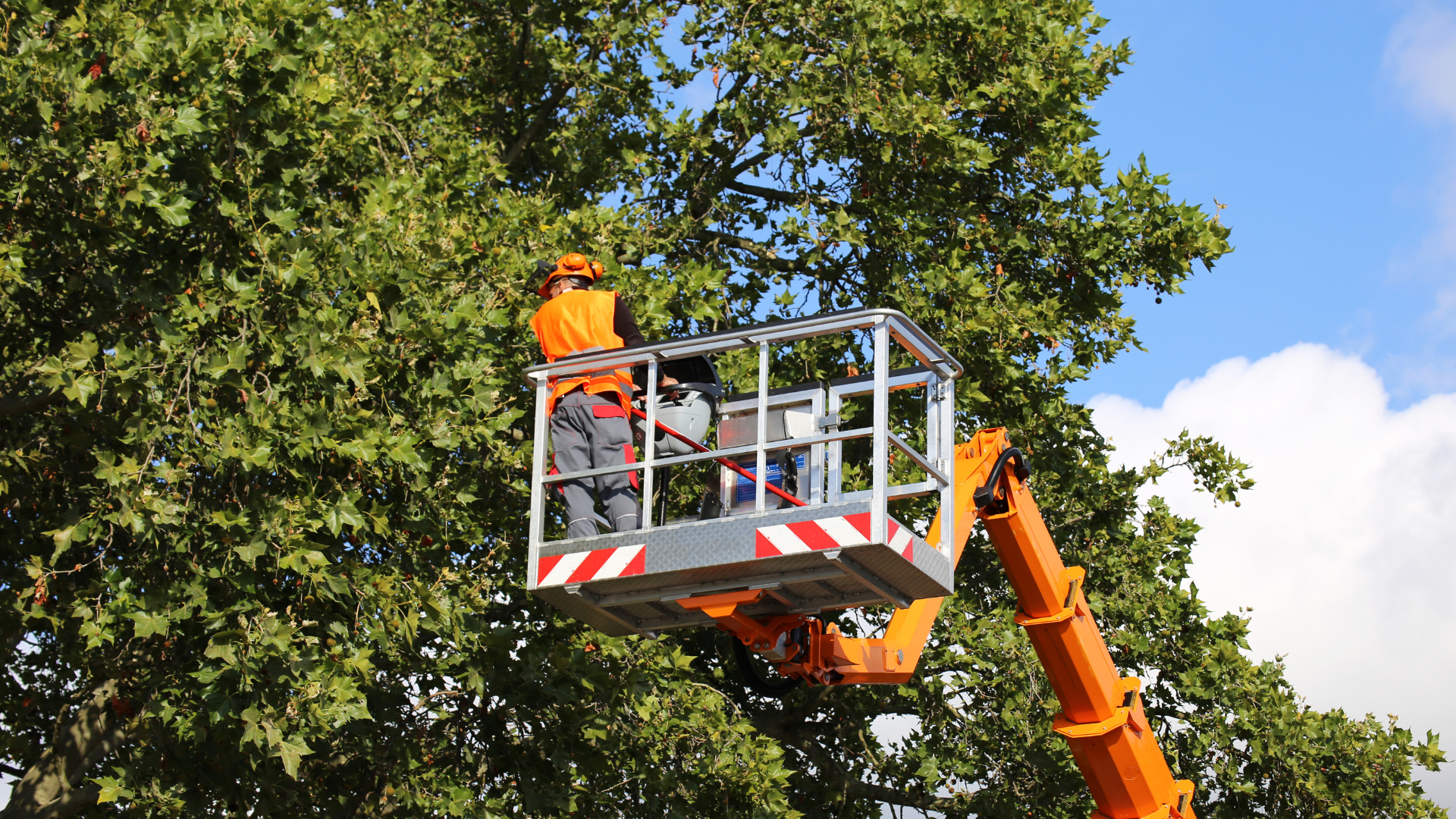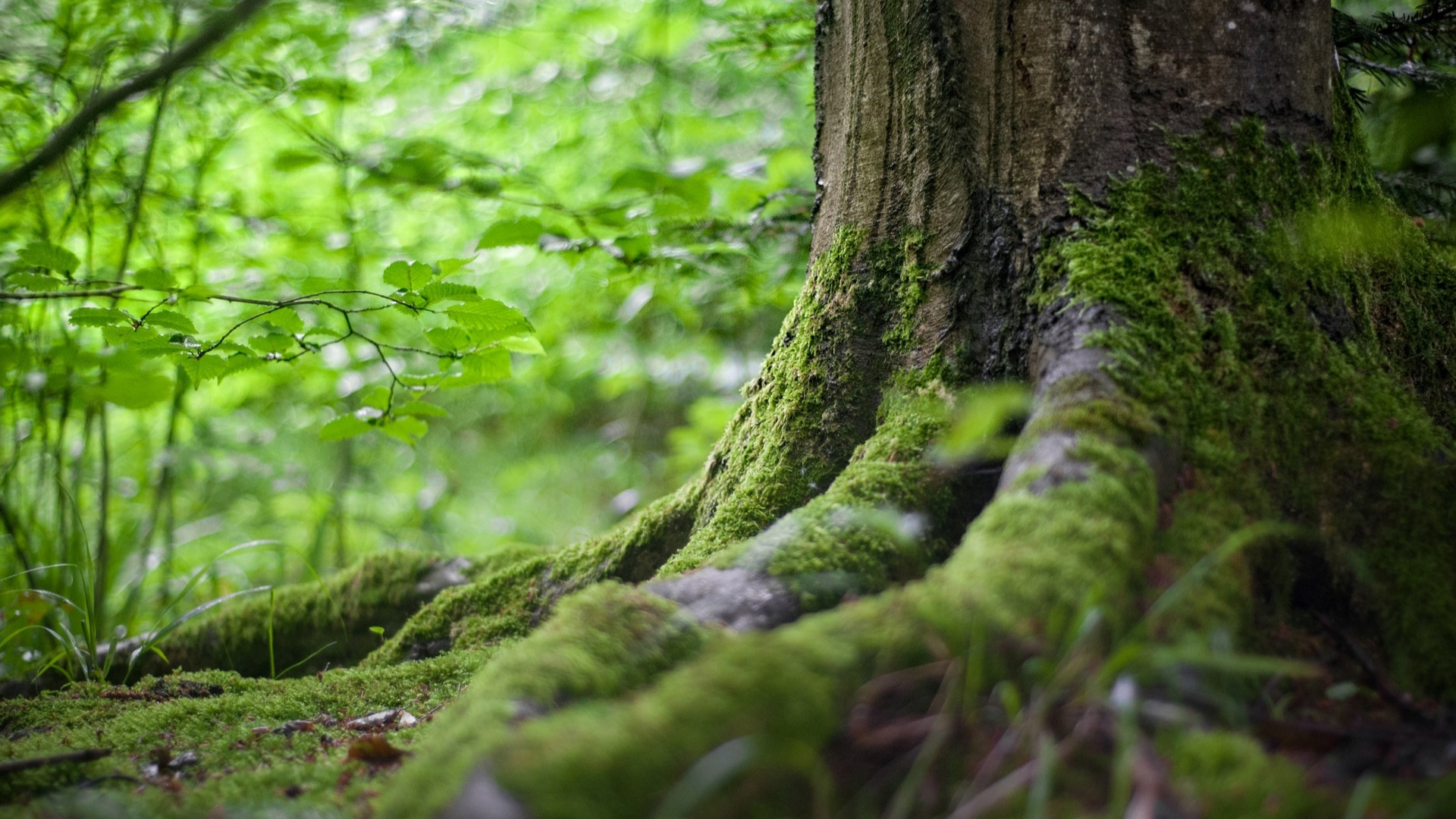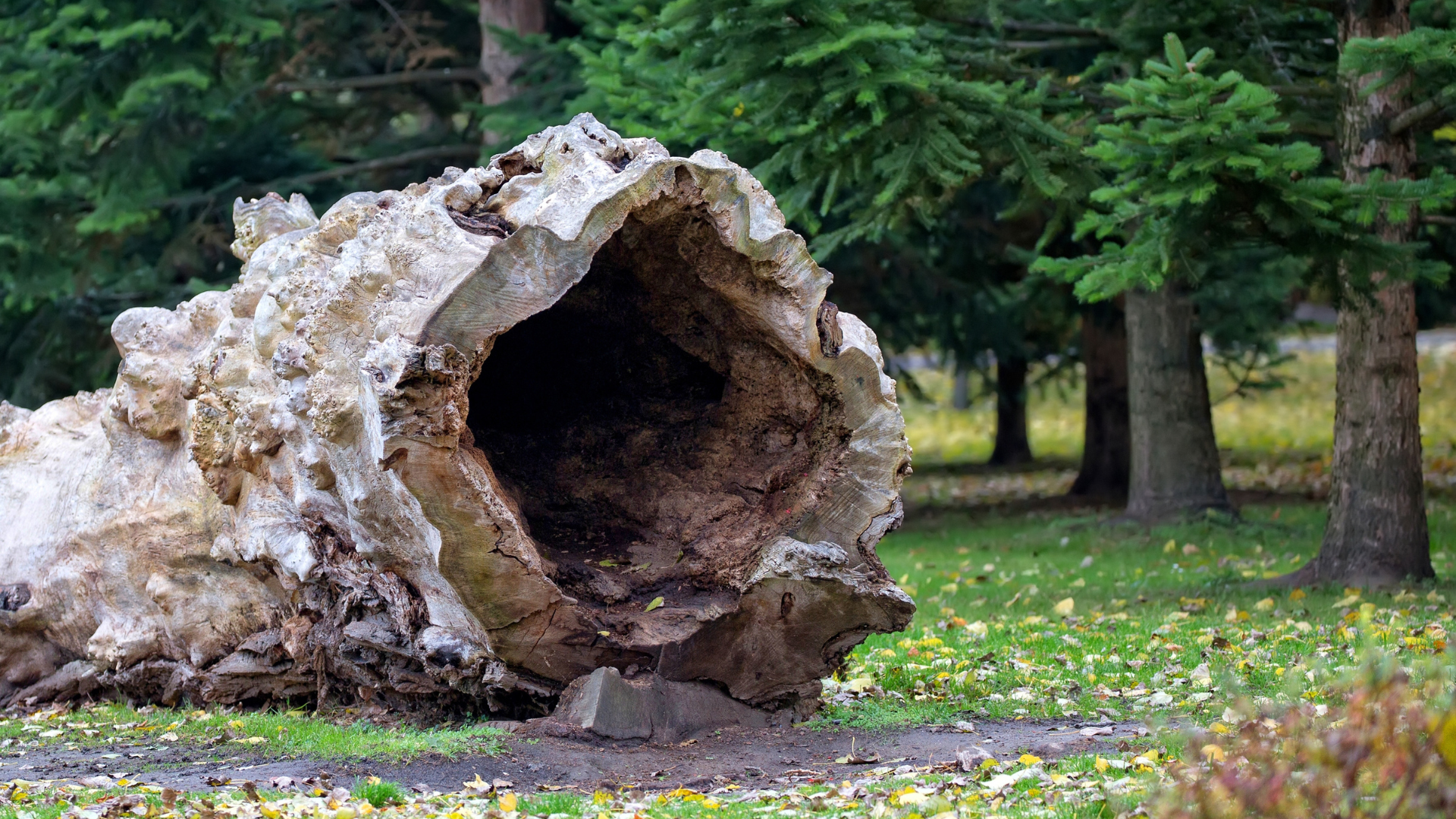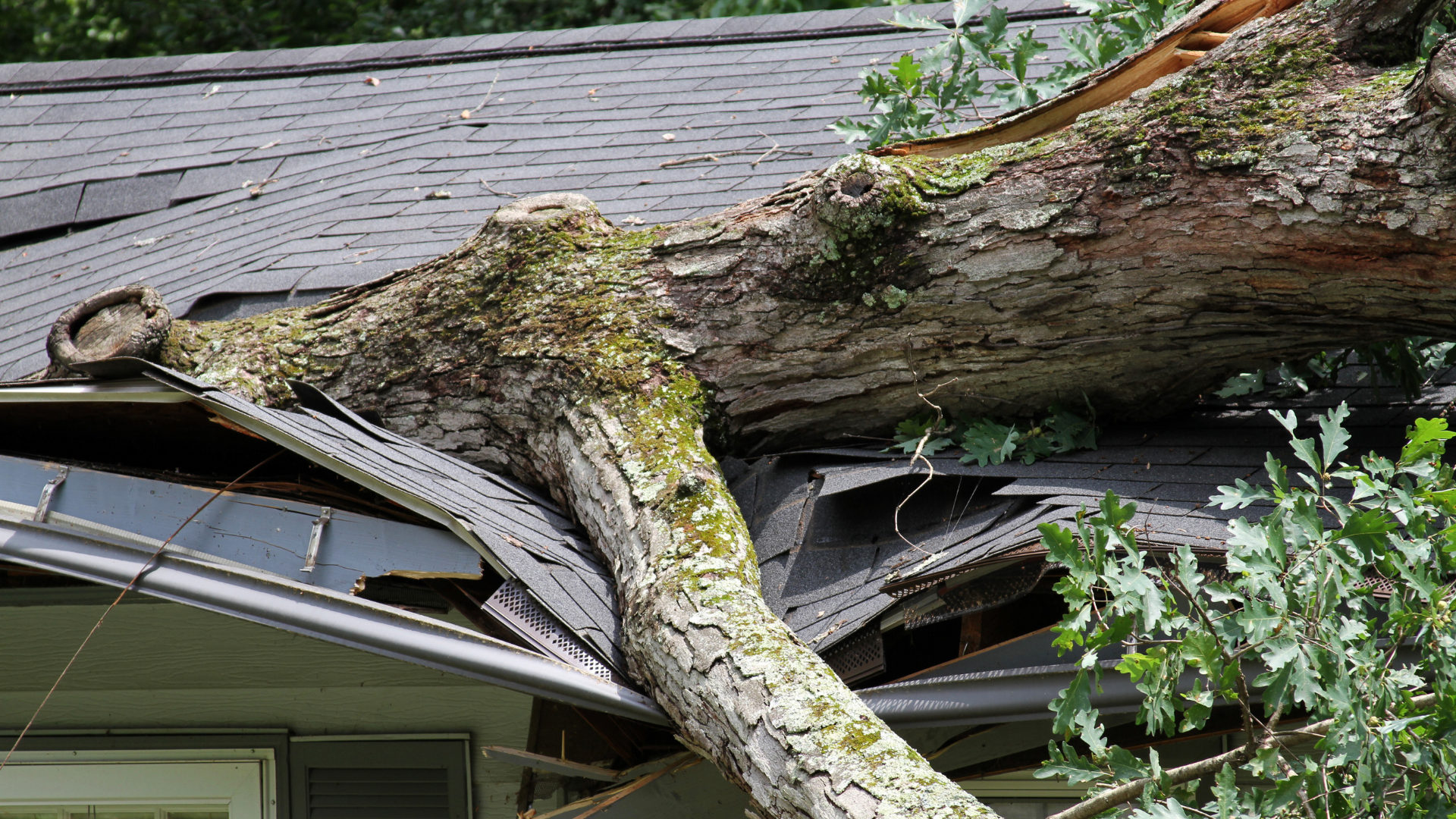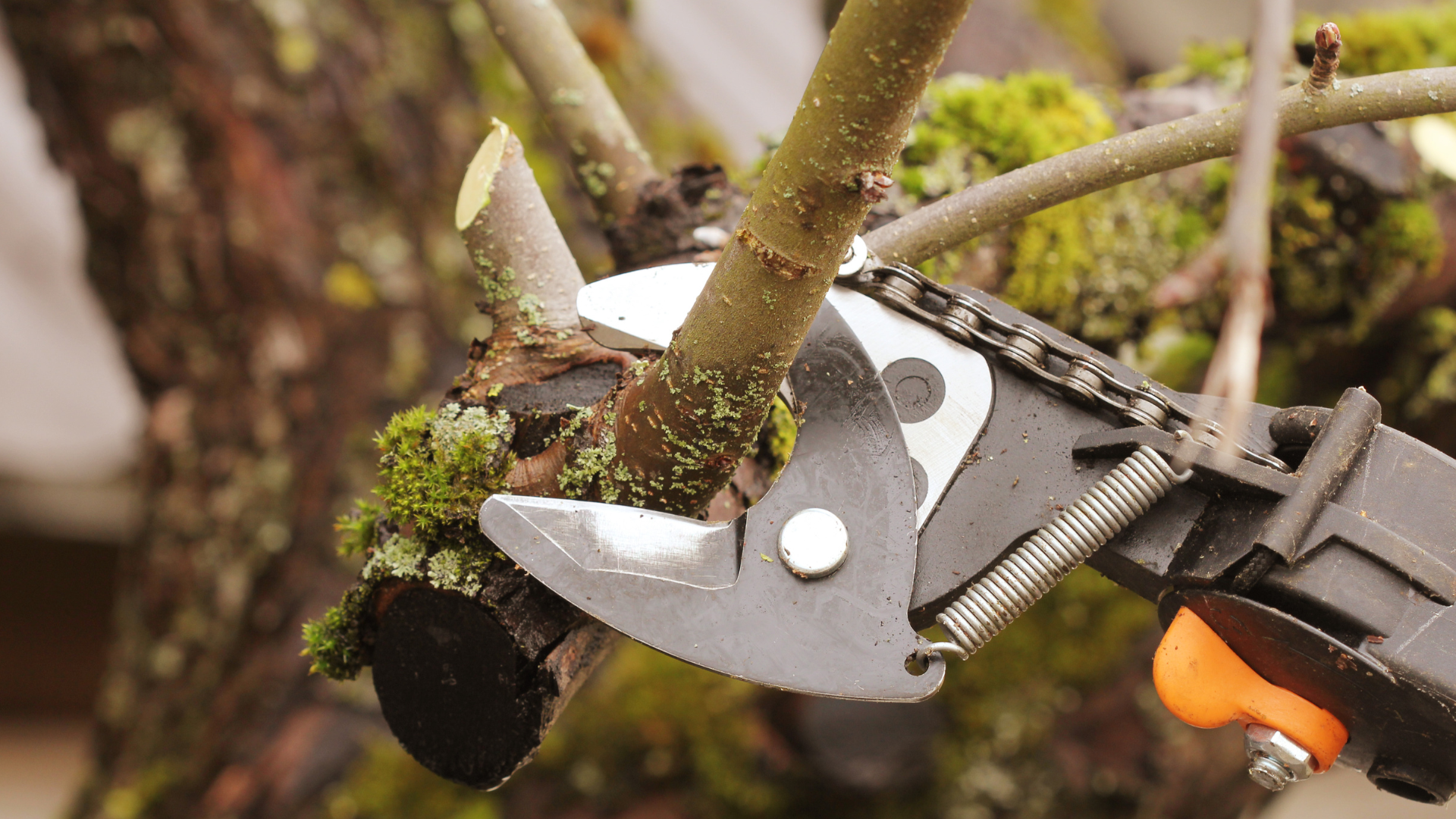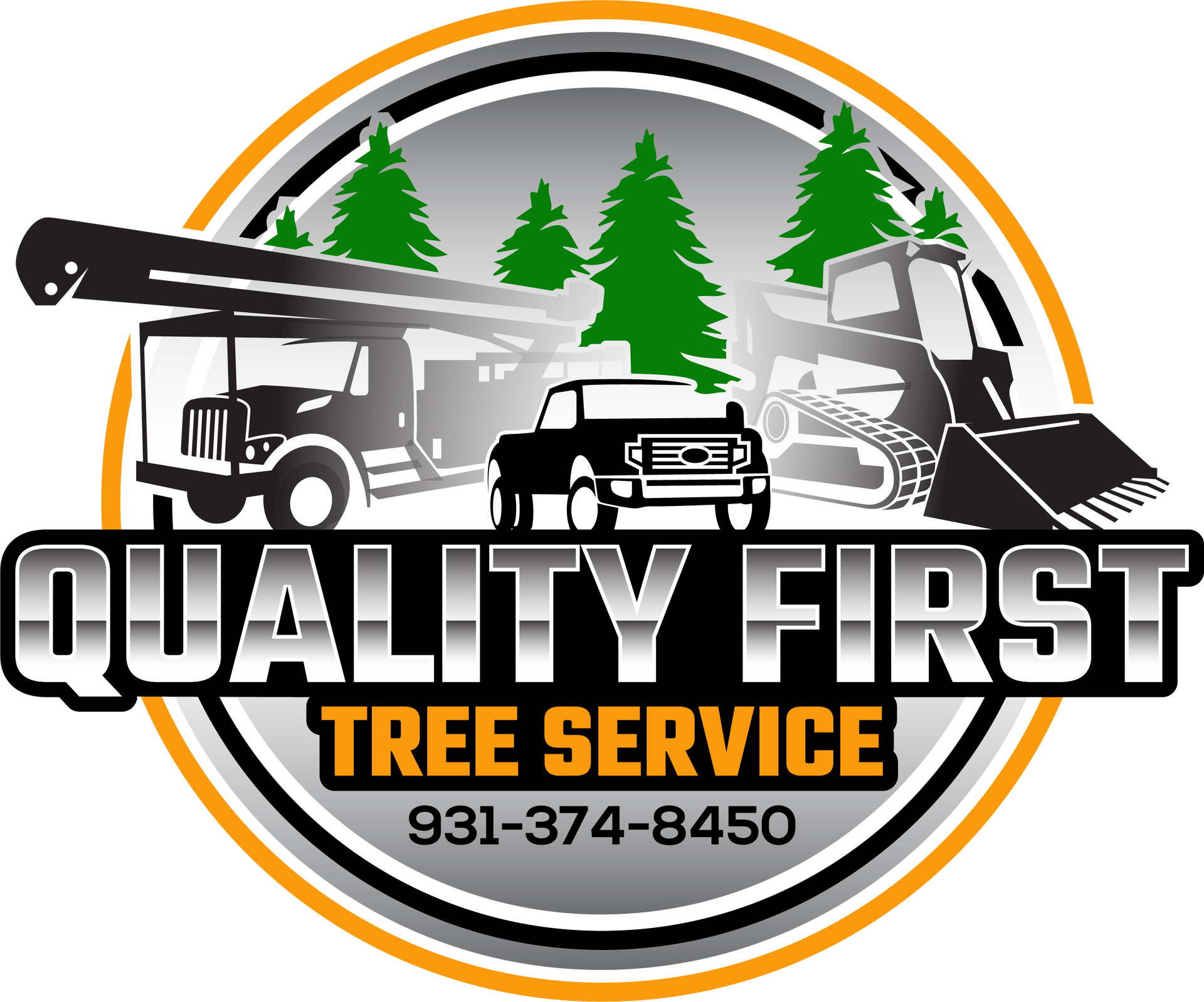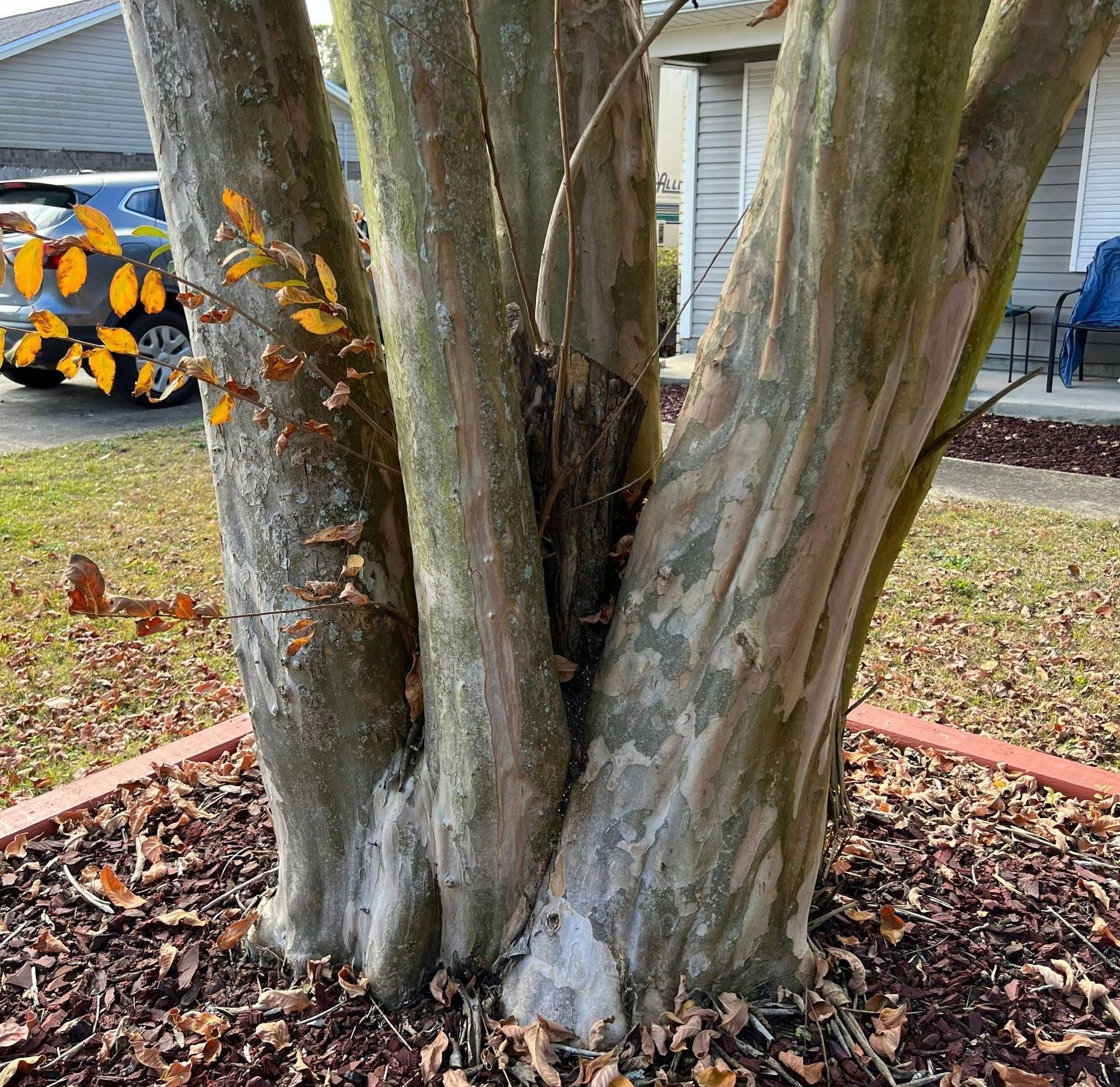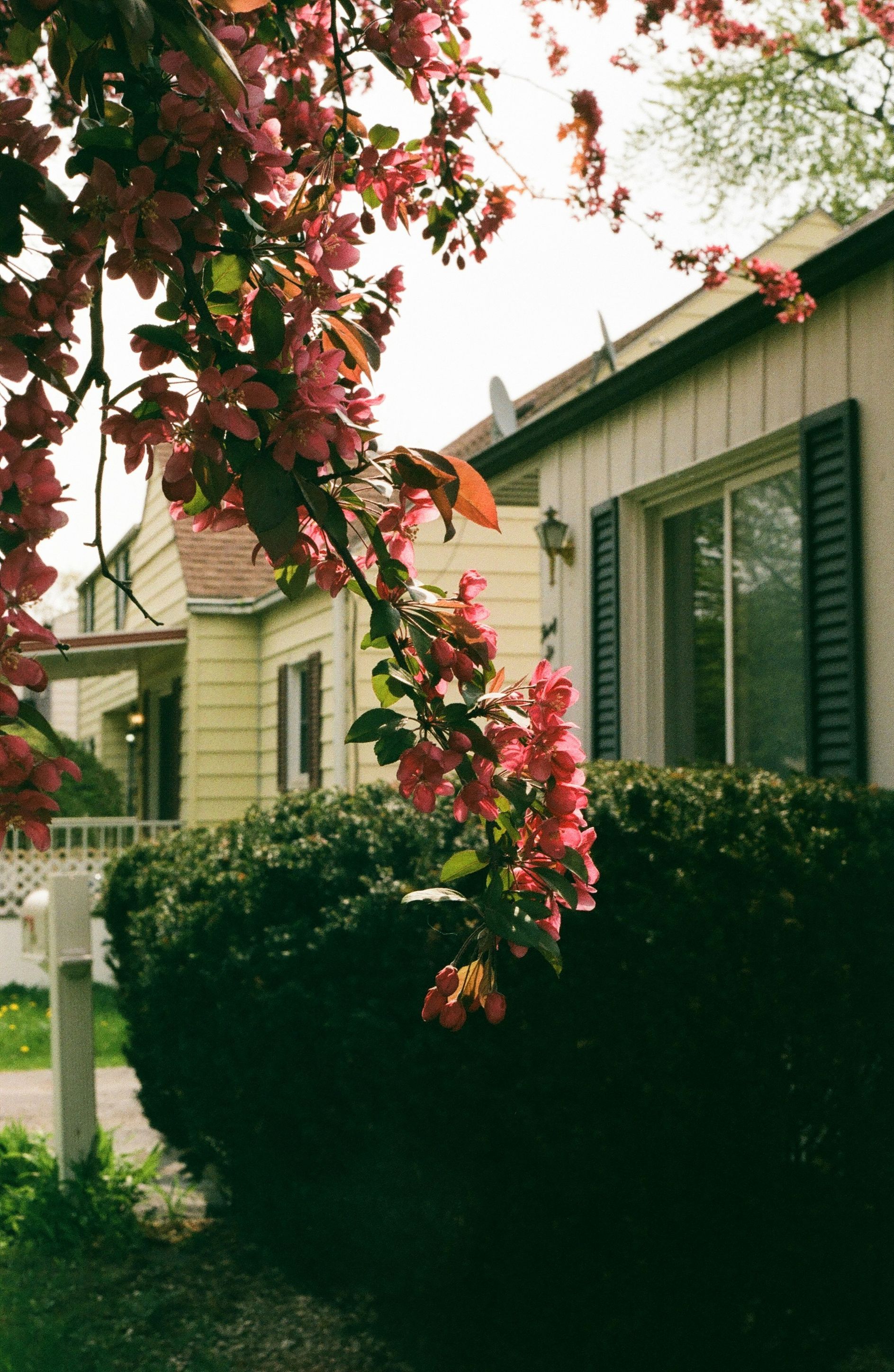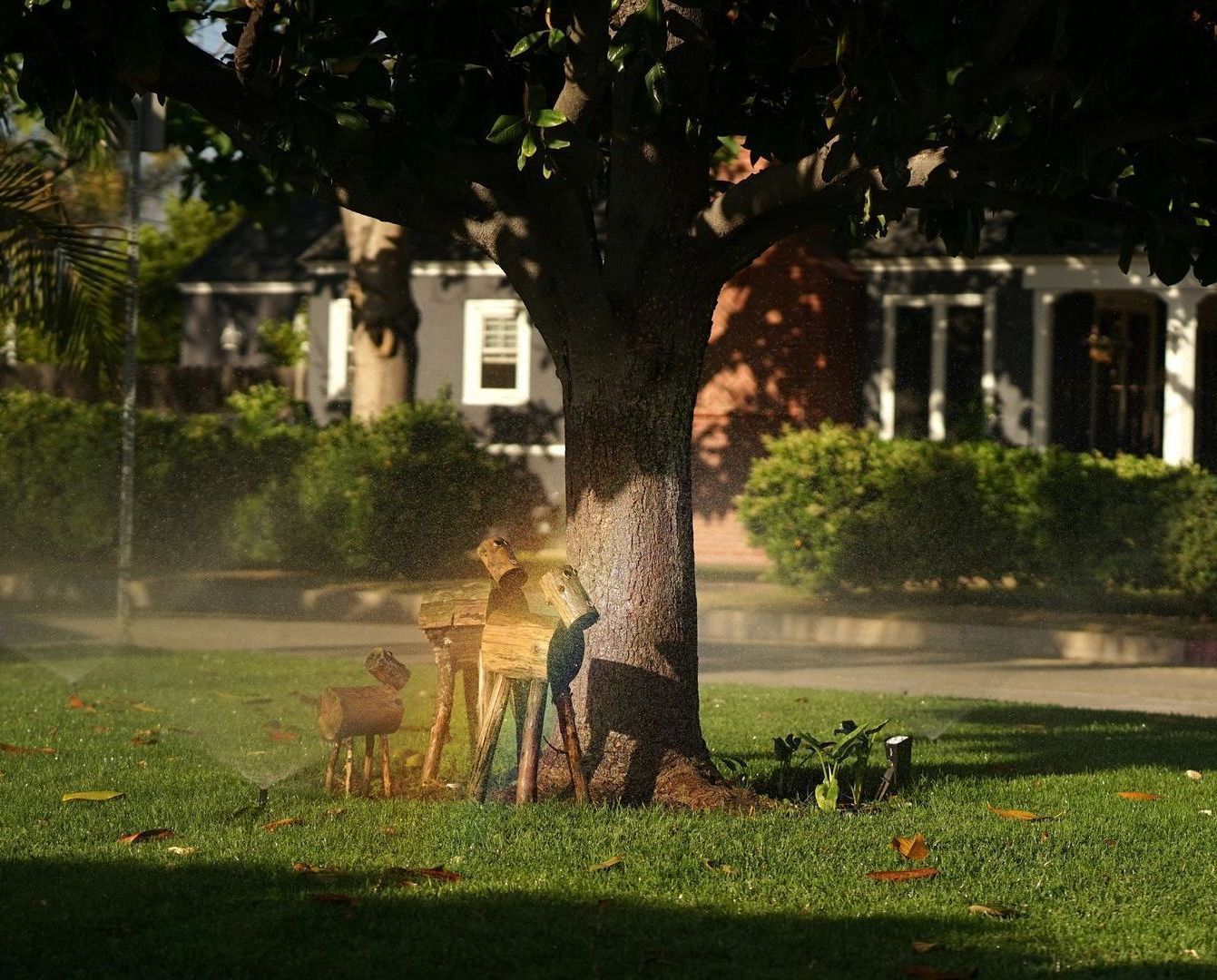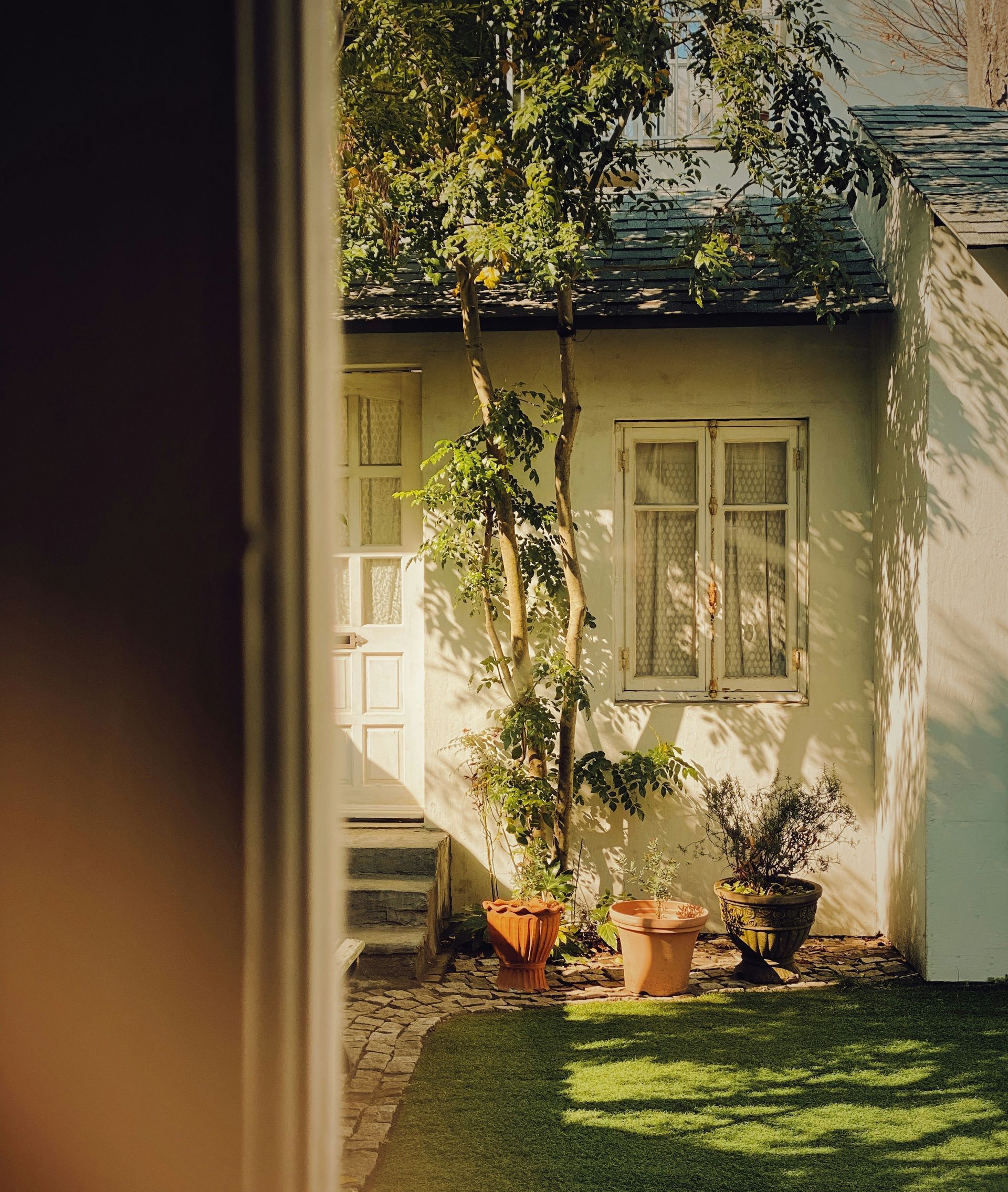Dead or Dormant? How to Tell If Your Tree Is Just Sleeping or Truly Gone
Identify and Manage Health
When the last leaf drops in autumn and your tree stands bare through the winter, it’s natural to wonder—is it still alive, or has it died? For many homeowners, especially in colder climates, it can be difficult to determine whether a tree is simply in its dormant phase or if it’s become a hazard waiting to fall. Knowing the difference is crucial for both safety and long-term landscape planning.
At Quality First Tree Service & Landscaping, we help property owners across the region assess and manage their trees year-round. In this post, we’ll break down how to tell if your tree is dead or dormant—and what to do if you’re unsure.
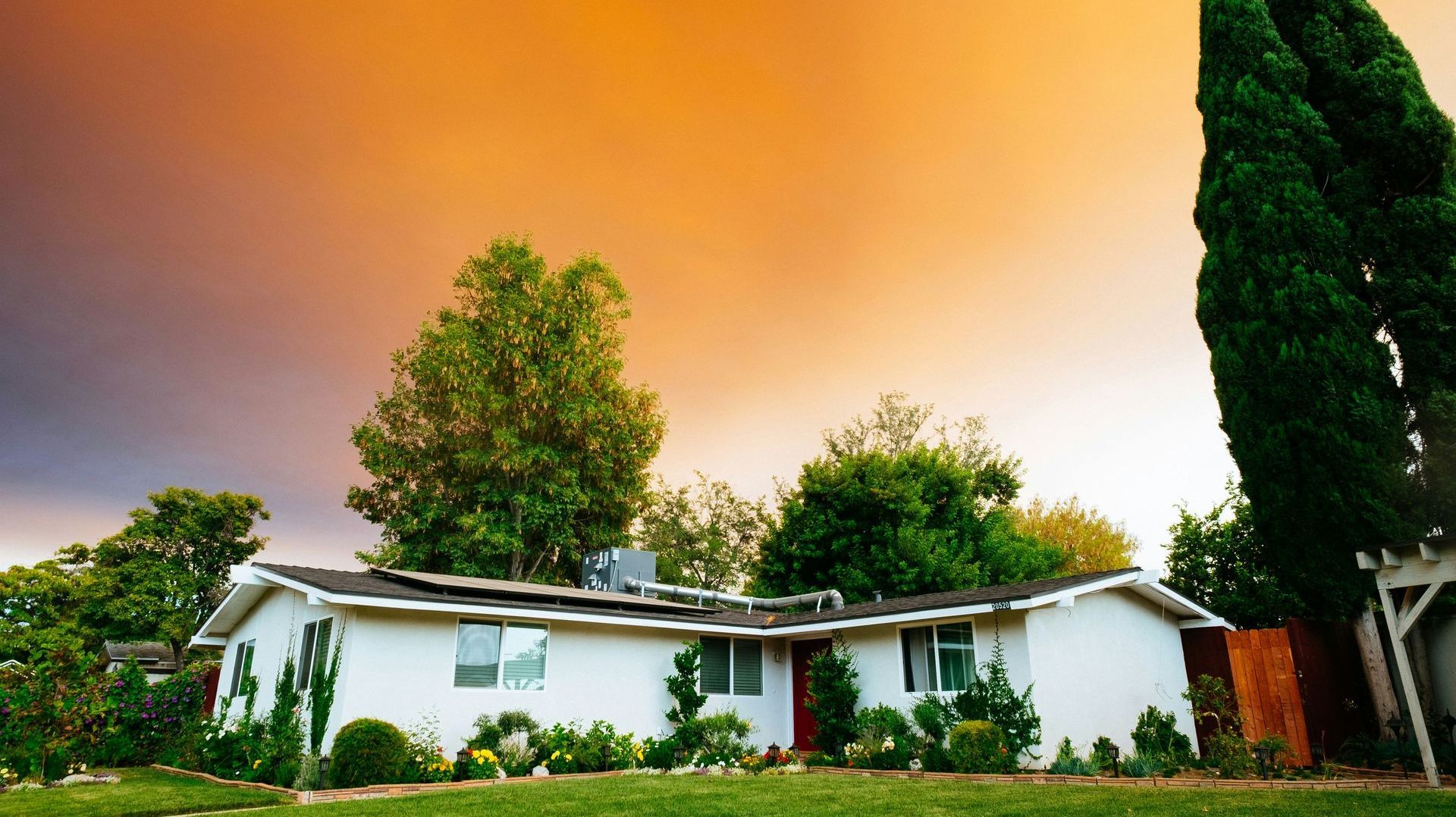
Understanding Tree Dormancy
Dormancy is a natural cycle that helps trees survive the winter. During this period, trees slow down their metabolic activity, stop growing, and conserve energy. Leaves fall, and the tree appears “lifeless,” but internally, it’s very much alive and preparing for spring.
Dormancy typically begins in late fall and continues through winter. Some species even hold onto dead-looking leaves, adding to the confusion.
Signs a Tree is Dormant, Not Dead:
- Buds are present. Even in winter, dormant trees will have small buds on their branches. These may be tightly closed, but they’re a good sign of life.
- Flexible twigs. Bend a twig gently. If it bends and doesn’t snap easily, it’s likely still alive.
- Scratch test. Lightly scrape the bark of a small branch with your fingernail. If the layer beneath is green and moist, the tree is alive.
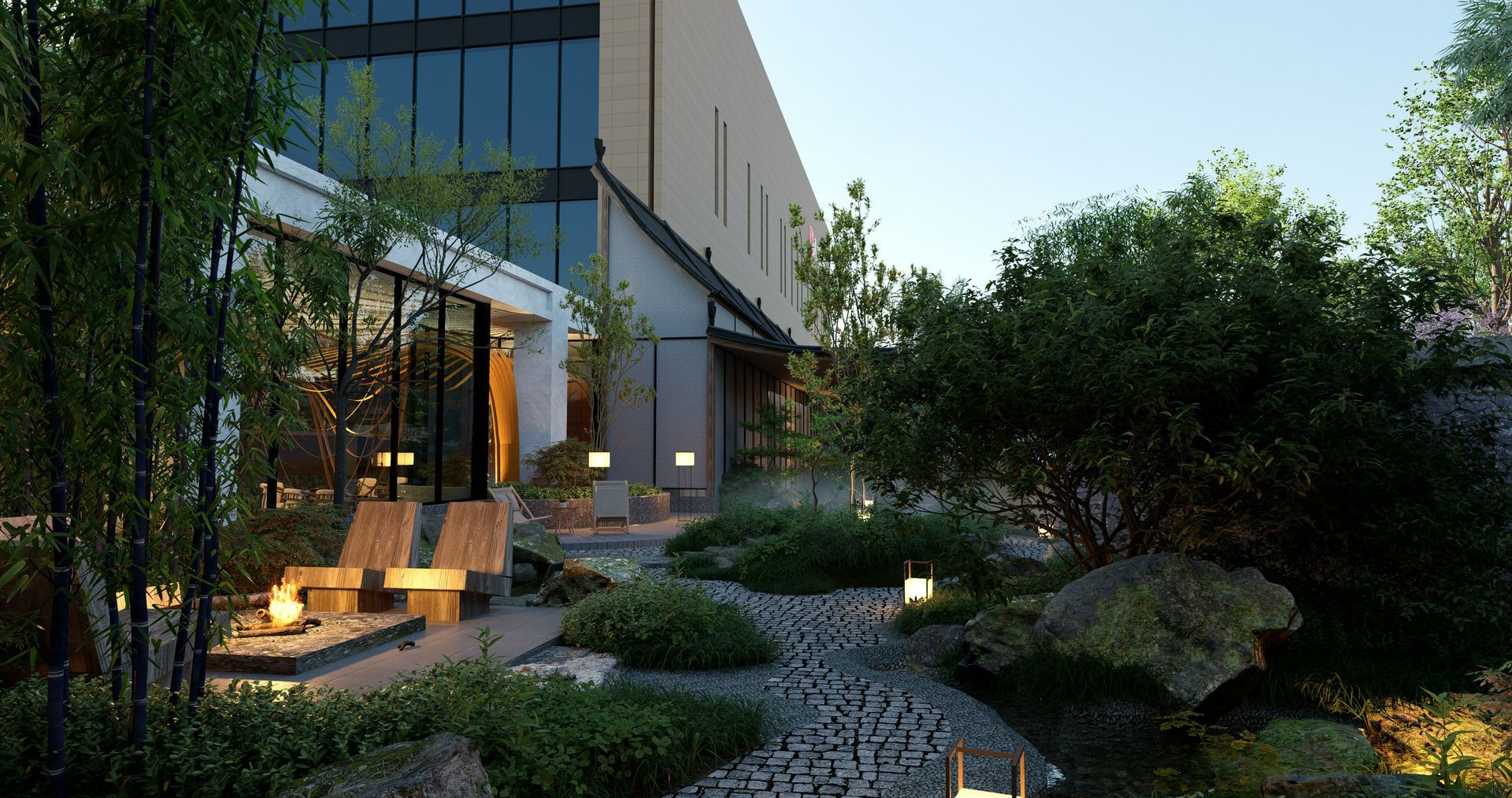
When to Suspect a Tree Is Dead
Sometimes trees don’t survive the stress of storms, pests, disease, or age. If a tree is dead, it can pose a serious risk—especially in high winds or heavy snow.
Common Signs of a Dead Tree:
- No buds or brittle branches. Dead trees don’t produce new buds. Branches will be dry, brittle, and snap easily.
- Dry, brown inner bark. If you perform the scratch test and the inner layer is brown or dry, that’s a sign the branch is dead.
- Fungal growth. Mushrooms or fungus growing on the trunk, especially near the base, may indicate rot and internal decay.
- Peeling bark or trunk damage. Trees with large sections of missing bark or deep cracks in the trunk are likely in serious decline.
- No leaf growth in spring. If your tree fails to produce leaves well into the growing season, it’s likely beyond saving.
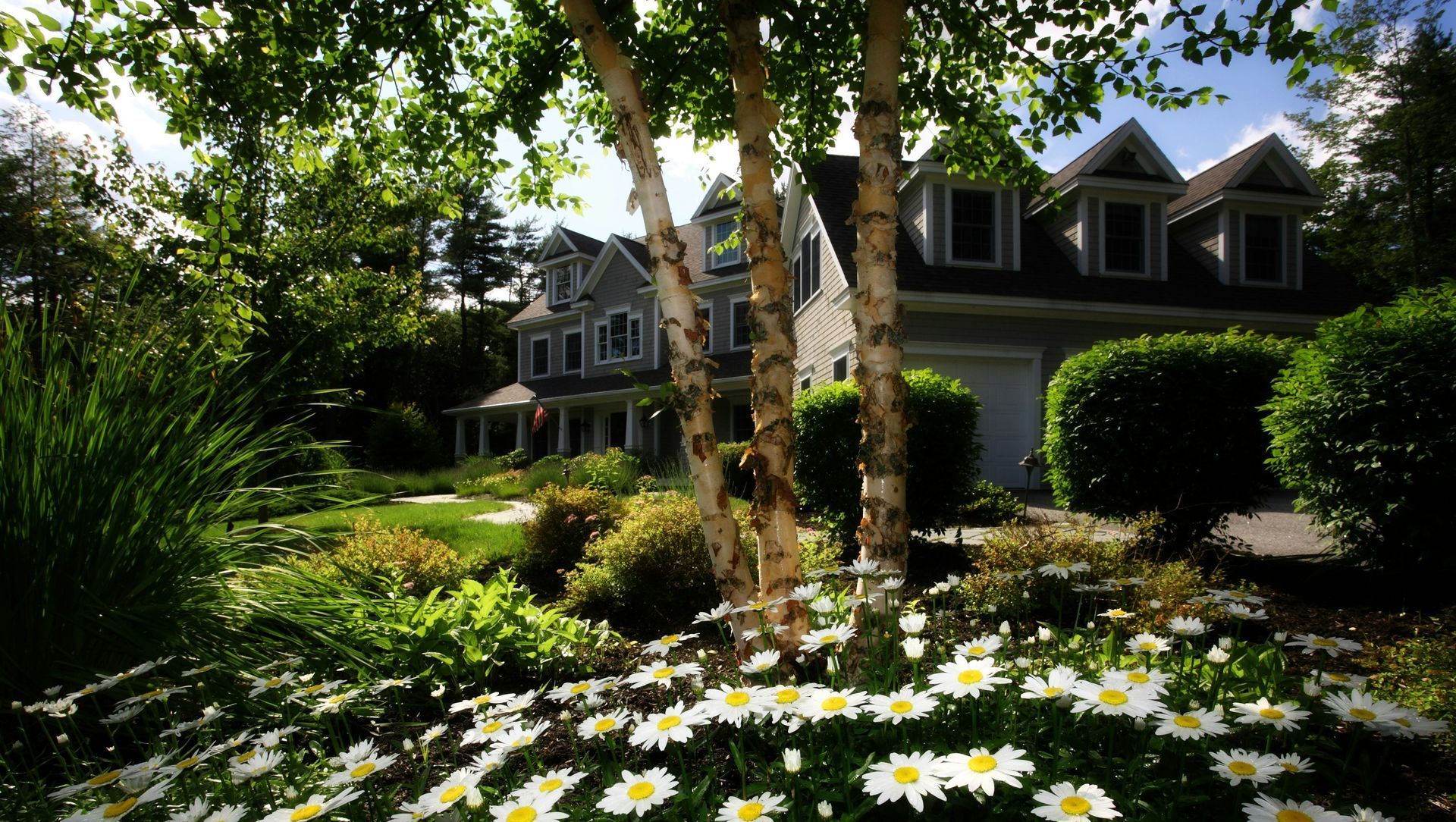
Why It Matters
A dead tree isn’t just unsightly—it’s dangerous. Weak limbs or unstable trunks can fall without warning, damaging property or injuring people. Even dormant trees can become unsafe if they’re diseased or structurally compromised.
At Quality First Tree Service & Landscaping, we’ve seen how quickly a neglected tree can become a hazard. That’s why we always recommend a professional tree assessment if you’re unsure about your tree’s condition.
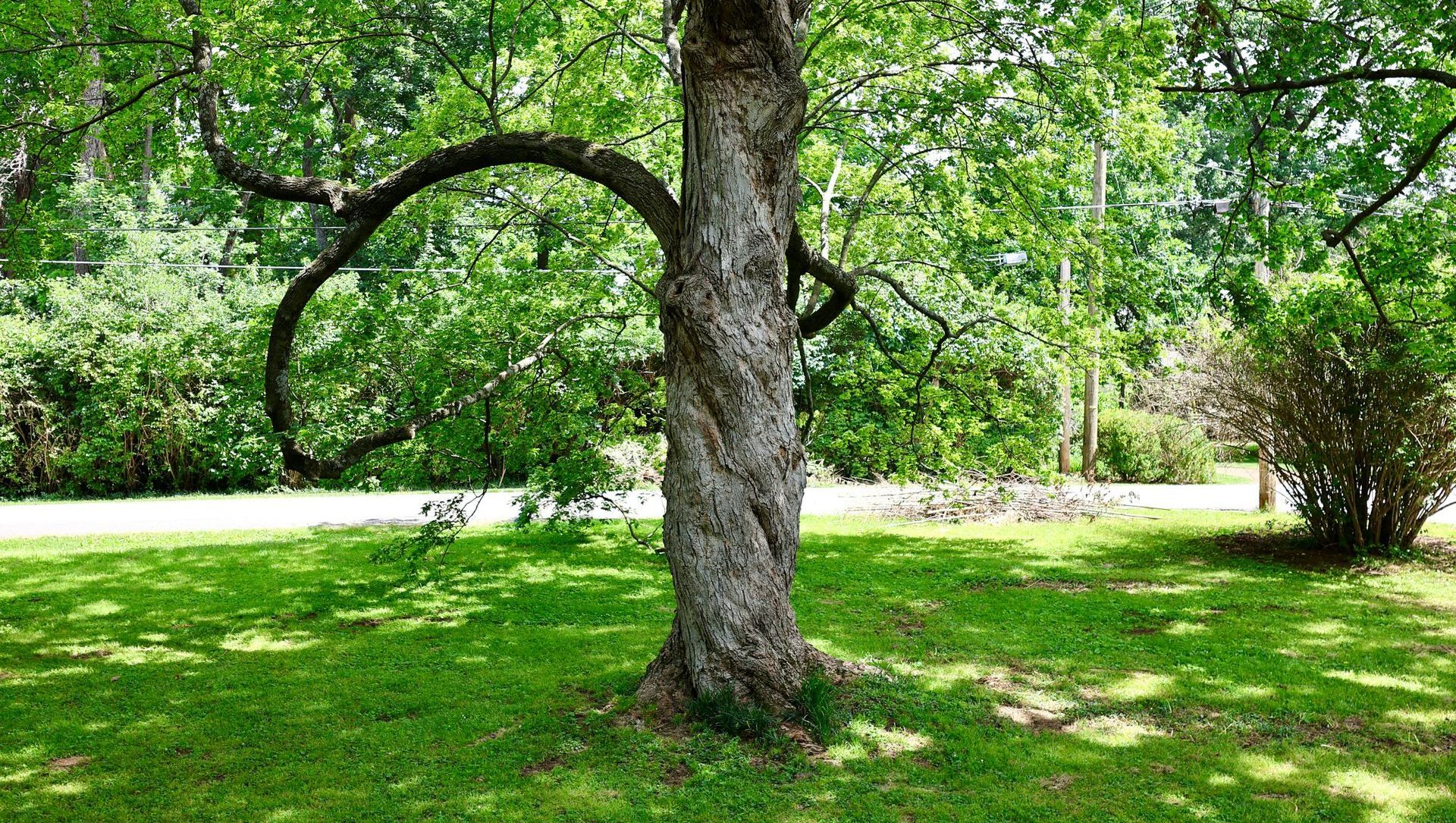
What to Do if You’re Not Sure
If your tree is showing some—but not all—of the warning signs, it may be in decline but not fully dead. In these cases, it’s important to have a certified tree expert inspect it. We can assess the overall health, check for internal decay, and advise whether the tree can be saved with pruning or bracing—or if it should be removed.
Our team at Quality First specializes in safe, professional tree removals as well as trimming, hazard assessments, and year-round maintenance. We’re happy to help you make an informed decision, whether it’s saving a beloved shade tree or removing a potential threat.
Don’t leave it to guesswork. If you’re unsure whether a tree on your property is dead or dormant, contact Quality First Tree Service & Landscaping today. We’ll take the guesswork out of the equation and ensure your landscape stays safe, healthy, and beautiful—season after season.

